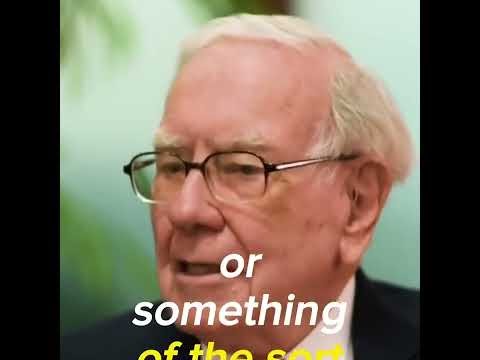I am a big fan of Warren Buffett, the Oracle of Omaha. His letters to shareholders are an excellent resource for students of value investing. I’ve studied his strategy, investments and his work, and believe that Warren Buffett is a Dividend Growth Investor in disguise.
I am also a big fan of Dividend Growth Investing. The goal of every Dividend Growth Investor is to generate enough in dividend income to pay for their expenses in retirement. To get there you save and invest consistently in quality dividend growth companies that sell at attractive valuations. The next step is to keep at it, and also patiently let the power of compounding do the heavy lifting for you. It takes time to build this portfolio, brick by brick, but once you reach critical mass, the power of compounding is very visible. With dividend growth on top of regular dividend reinvestment and regular investment and after giving it some time, that dividend income and net worth goes in turbocharged mode.
I like the concept of Dividend Growth Investing when it comes to investing for retirement. The investor builds a diversified portfolio by investing regularly, reinvests those dividends until their dividend income covers expenses. At that point, they can retire.
I recently saw an interesting video clip of Warren Buffett, which discussed how he would invest if he were retired.
You can read the transcript below:
“Warren Buffett: If I were retired, I had a million-dollar portfolio of stocks paying me $30,000 a year in dividends. my children were grown and the house was paid off, I wouldn’t worry too much about having a lot of cash around.”
I love this video because it is short and to the point.
The concept of living off dividends in retirement is a very powerful one. It’s also very simple. When the amount of dividend income generated by your portfolio covers your expenses, you can retire. I use the rule of 3% to determine how much money I need to accumulate to cover expenses. This means that I need to have roughly 33 times the amount of money accumulated for each dollar I plan to spend in retirement. In other words, if I spend $30,000/year, I need roughly $1 Million invested at 3%. If I need $100,000/year, I need to accumulate around $3.3 Million in income generating assets.
Getting to the million dollar portfolio of course requires time, patience, perseverance and consistency. I would think that a long-term investor can get there in a reasonable amount of time. Getting there is a function of the the dividend yield, dividend growth, amount invested and time you invest for (assuming of course that the investor keeps costs low in the process as well).
However, if they can only invest roughly $1,250/month, it would take about 22 years to reach $30,000 in annual dividend income. At a 3% average dividend yield, this translates into a portfolio worth $1 Million.
The other part I liked about the video is the discussion around owning your home and being in a phase of life where your children are grown up and on their own.
At a certain point in life you may either have your house paid off, and/or you are ready to downsize, which reduces housing costs. That in itself reduces amount of investable assets that are needed to produce income for you. If your housing cost is $30,000/year on top of every other expense you have, you need an additional $1 Million in retirement assets (dividend stocks/401k etc). But if you can reduce that amount to say $15,000, then you need less in retirement assets to support this part of your budget.
If your kids are grown up and on their own, that further reduces ongoing costs as well. Of course, the retired couple may have higher discretionary expenses related to travel, and helping out with grandchildren or helping children as well. But the necessary costs have definitely been reduced, as discretionary costs could be reduced somewhat more easily than necessary ones. You need to eat even during a recession, but that trip to Paris could wait another season or another year.

